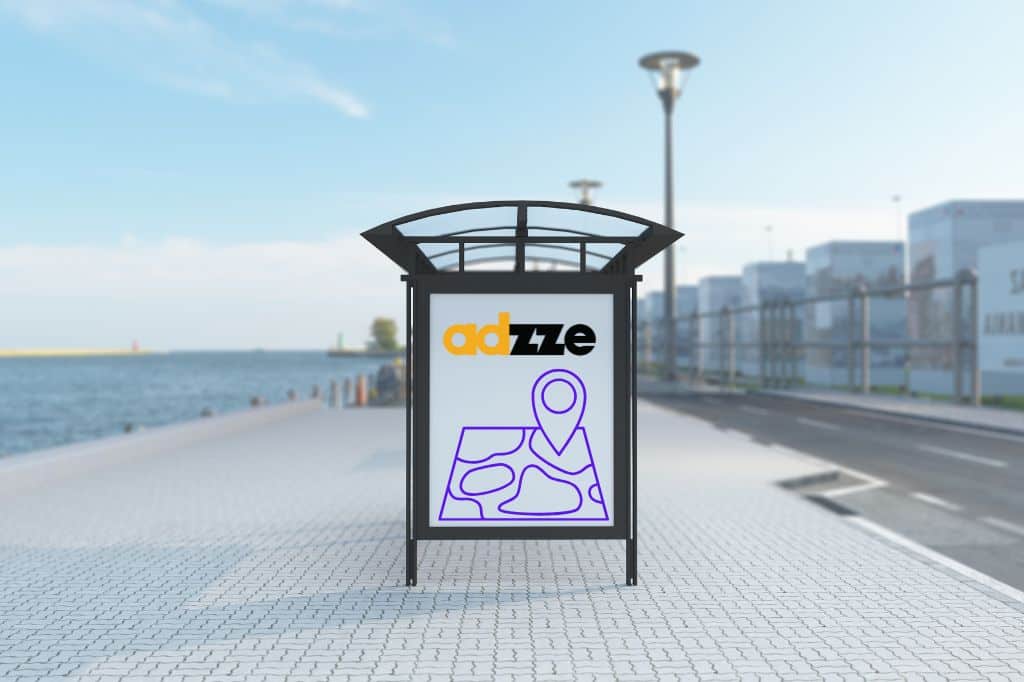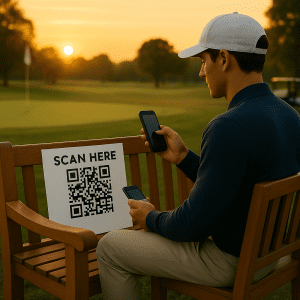Introduction: How can brands make sure they are reaching the right people at the right time? In an age where personalized messaging is key, geotargeting offers a powerful way to connect with potential customers based on their physical location. Imagine the ability to send a tailored ad to someone as they enter a specific area—whether it’s a clinic for a medical appointment or a concert venue for an exclusive promotion. Intrigued? Keep reading to explore how geotargeting works, why it’s effective, and how your brand can use it to capture real-time attention.
Want more details on how this strategy can fit your brand? Request our Media Kit today for a personalized consultation—no commitment required!
What is Geotargeting?
Geotargeting is a marketing tactic that delivers personalized content, ads, or offers based on a user’s physical location. By using GPS, RFID, Wi-Fi, or cellular data, geotargeting allows marketers to tailor their messaging to specific audiences based on where they are. This type of advertising goes beyond demographics and behavioral data, tapping into the real-time context of where a person is and what they might be looking for at that moment.

Geofencing is a subset of geotargeting, where a virtual perimeter is set around a defined location. When someone enters that geofenced area, they receive targeted content—usually in the form of an ad, promotion, or notification on their mobile device.
Use Cases: From Healthcare to Entertainment
1. Healthcare: Revolutionizing Patient Engagement Geotargeting is increasingly being used by clinics and hospitals to enhance patient communication and services. Imagine a scenario where patients are reminded of upcoming appointments via mobile notifications when they are near a hospital or clinic. Furthermore, healthcare providers can send location-based health tips or offer promotions for nearby pharmacies or wellness services. By tapping into a patient’s location data, healthcare marketers can keep patients engaged with timely, relevant content, increasing the likelihood of repeat visits and improving overall health outcomes.
Example: A local clinic uses geotargeting to send reminders for flu shots to people entering their catchment area during flu season. Patients receive notifications when they are near the clinic, prompting them to walk in for a vaccination.
2. Entertainment: Enhancing Event Experiences in Real-Time Imagine being at a concert or a sports game, and as you enter the venue, you receive an exclusive promotion or real-time updates. Geotargeting helps entertainment brands engage their audience in real-time. Whether it’s offering discounted merchandise, pushing live notifications during events, or delivering exclusive video content, geotargeting enhances the overall event experience by making it interactive.
Example: At a concert, attendees can receive push notifications that allow them to participate in a live poll, enter exclusive sweepstakes, or buy VIP upgrades—all based on their location inside the venue.
3. Retail: Targeting Competitors’ Customers One of the most exciting and underexplored uses of geotargeting is competitive conquesting. Retailers can set up geofences around competitor locations to push targeted ads and offers to customers while they’re visiting competitor stores. Imagine your customer entering a competing retailer only to receive a better offer from your store. Competitive conquesting helps brands win over customers by delivering highly relevant offers at the most critical moments.
Example: A local coffee shop targets customers who visit a nearby chain cafe, offering them a discount or promotion for stopping by the local shop instead.
4. Hospitality: Driving Last-Minute Bookings Hotels and restaurants can benefit immensely from geotargeting, especially when trying to drive last-minute bookings. By targeting people who are nearby, brands can offer flash deals or discounts to fill empty tables or rooms. This strategy taps into the impulsive nature of consumers, who are more likely to act quickly on a time-sensitive promotion when they are close to the business.
Example: A boutique hotel sends geotargeted ads to nearby tourists, offering last-minute discounts for same-day bookings. This results in immediate conversions and higher occupancy rates.
5. Automotive: Driving Foot Traffic to Dealerships Automotive brands are increasingly using geotargeting to engage customers near their dealerships. By setting up geofences around high-traffic areas such as shopping centers or highways, dealerships can push offers or promotions directly to potential customers who are in the area. This strategy encourages foot traffic to the dealership and increases the chances of conversion.
Example: A car dealership sends a mobile ad to nearby drivers, offering a free test drive and special financing options for the weekend. Customers who are already in the area are more likely to stop by and check out the promotion.
How to Measure ROI with Geotargeting
The effectiveness of a geotargeting campaign can be measured using various metrics, each offering insights into different stages of the customer journey.
Reach and Impressions: The total number of people exposed to your ad within the geofenced area. High reach and impressions indicate that the ad is successfully appealing to your targeted audience.
Engagement: Clicks, tap-throughs, and interactions with the ad offer a clear picture of how engaging the content is for your audience. A high engagement rate suggests that the message resonates well with those who see it.
Conversions: Track the number of users who took action after seeing the geotargeted ad, whether it’s visiting the store, completing a purchase, or filling out a form. Conversion tracking can help measure the effectiveness of location-based promotions.
Cost-Per-Thousand (CPM): Geotargeting campaigns can offer lower CPM compared to traditional ads because they are highly targeted. To get the full picture of ROI, compare the CPM of your geotargeting campaign with other forms of advertising like TV or billboards.
Foot Traffic Attribution: Using mobile data, brands can track how many people visited a physical location after being exposed to a geotargeted ad. This is one of the most critical metrics for businesses looking to drive in-person sales.
FAQ: Geotargeting Marketing
Q1: How accurate is geotargeting?
A: Geotargeting is extremely accurate, especially when using GPS data. It can target users within meters of a specific location, depending on the technology being used.
Q2: Can geotargeting work for small businesses?
A: Absolutely! Geotargeting is particularly effective for small businesses because it allows them to reach local customers with highly relevant promotions, driving foot traffic and sales.
Q3: What industries benefit the most from geotargeting?
A: Retail, hospitality, entertainment, automotive, and healthcare are some of the top industries using geotargeting to boost engagement and conversions.
Q4: How much does it cost to run a geotargeting campaign?
A: The cost varies depending on the size of the geofence, the duration of the campaign, and the platform used. However, geotargeting tends to offer a lower cost-per-impression compared to broader advertising methods.
Q5: Can geotargeting invade users’ privacy?
A: Geotargeting is fully compliant with data privacy regulations, including GDPR, and users have the option to disable location-based services on their devices.
Conclusion:






